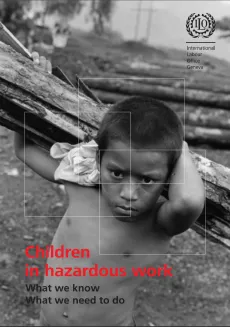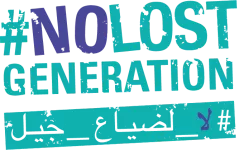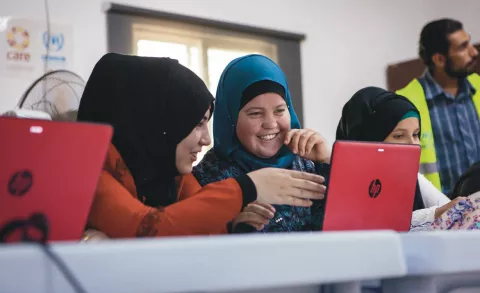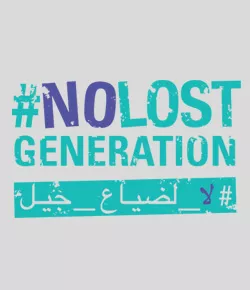Children in hazardous work: what we know and what we need to do
ILO
Highlights
Children in hazardous work are in many respects the silent majority within child labour. Although they appear in photos, when it comes to action they are often eclipsed by forms of child labour that have captured the public eye, such as child soldiers or trafficked children, or they are subsumed within general child labour efforts. Still too few policies or programmes are geared to the special needs of children who do hazardous work.
This report shows that there has been some real success in removing younger children from hazardous work, as well as in reducing the number of girls caught in this worst form of child labour. This suggests that efforts are paying off.
The report stresses that addressing hazardous work by children is not only a technical issue. Major and sustainable progress requires public policies that address the root causes of child labour: tackling poverty, ensuring children have access to education and providing a social protection floor which protects the vulnerable.
Although the number of children in hazardous work is large, some of the most dangerous types of child work are concentrated in specific localities, specific occupations, specific tasks and specific age groups. Focusing energies on these pockets could go a long way towards generating the momentum needed to make progress. However, the report also warns that the scale of the problem could increase in many countries due to demographic changes, as youthful population bulges move into adolescence.



